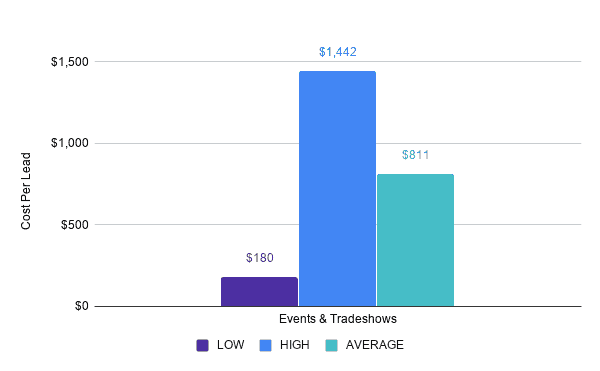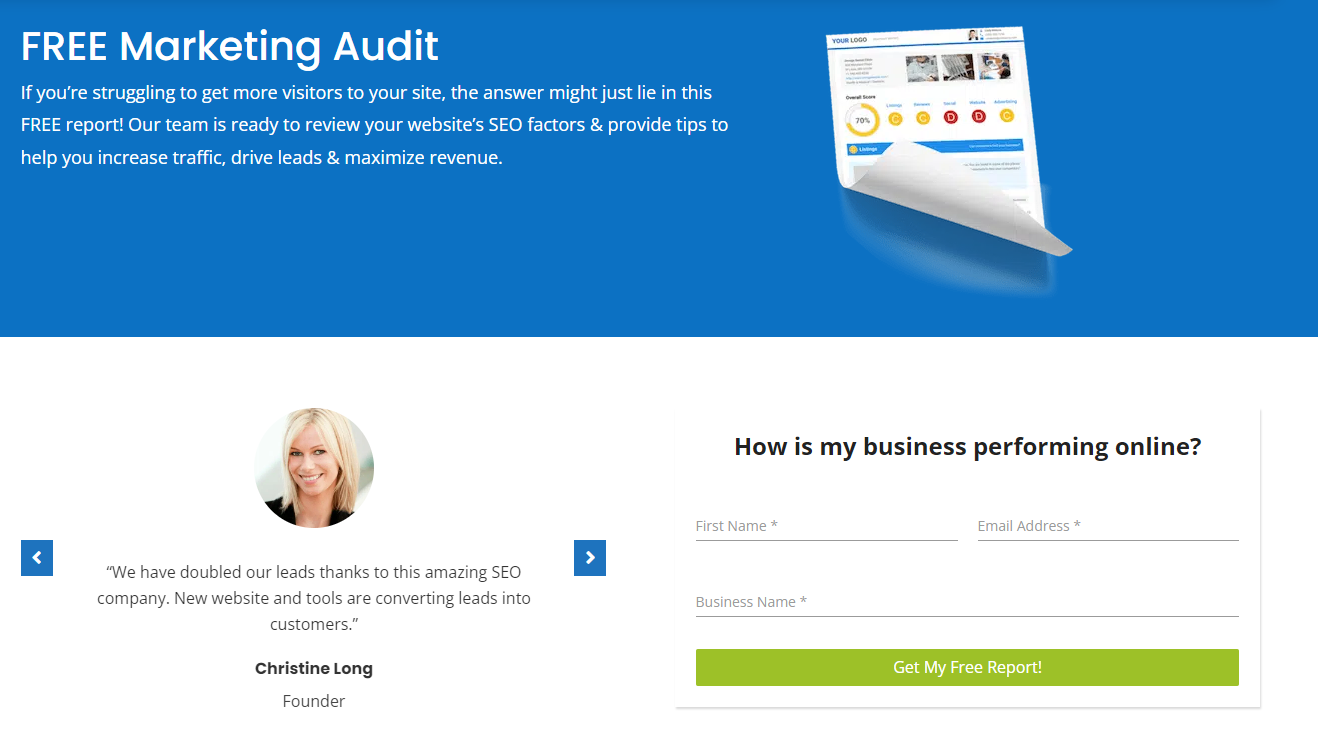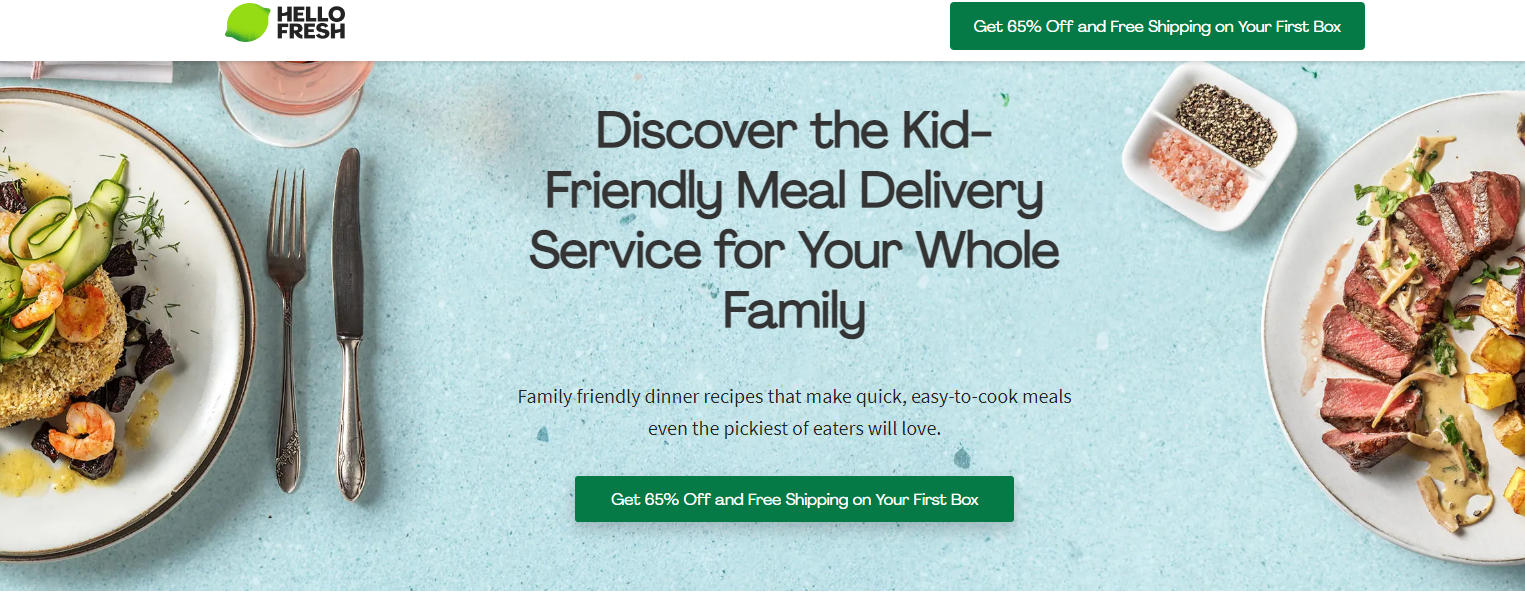Lead generation is what feeds your business with its commercial lifeblood — customers. So far, so obvious. What might be less obvious is what you can do to ensure that your lead generation operation is healthy and sustainable. One of the best approaches to this is the use of surveys.
In this post, we’ll look at what lead generation surveys can bring and include some examples to inspire you. Before that, though, let’s just check we’re all on the same page.
Content:
The nature of lead generation
You have a target audience. This is a sector of the population stuffed with examples of your target customer — it might be an age-based demographic or a more geographic one, or it might be people with long hair that tends toward frizz.
Whatever the target audience is, you can only rely so much on them doing the work to find you. In other words, you need to reach out to your prospective customer.
This is lead generation. Be aware, though, that lead generation can be expensive. Average costs vary hugely from industry to industry. They can also vary a lot depending on what method is used to get those leads. Some methods are truly extortionate. Take events and trade shows. This graph shows the smallest cost in the event and trade show sample and the highest, with an average cost of $811.

Let’s hope the event was fun! That aside, the important thing to take on board here is that lead generation shouldn’t be about one technique. The IT company that looks to get all its leads from trade shows is going to have a big spend on its hands. The most successful generation operation will feature a number of approaches. Let’s explore one of these — lead generation surveys.
What lead generation surveys are all about
Most lead generation surveys take the form of question sets on a company’s website. The user is enticed to participate for a promised gain and is then propelled down the survey route. The data given in answer to the questions will help the business put that customer into a category that may dictate how it interacts with them.
You can actually put out surveys wherever you have a customer touchpoint. From social media to a building quote, you can include some survey questions to get some priceless consumer information.
Back to that promised gain. This is how you ensure buy-in from the user. Let’s look at what rewards can be applied.
How to get people to engage with your survey
There are a number of enticements you can use to get people to take part in your survey. We’ll start with the most obvious.
Give a prize
This could be a prize draw, gift card, or instant discount voucher. These kinds of outlays are minimal for the business but will be very significant for the customer.
Take this lead generation survey example aimed at teachers.

You need to pitch the level of prize right, though. If it’s too low in value, you’ll see very minimal uptake. This is because you’re actually asking a fair amount from the user. To sit and answer a series of questions can be very time-consuming and, in all honesty, a bit of a nuisance. So show how much you value your customers’ time by rewarding them adequately.
Play on competition worries
Many business owners are constantly concerned that they might fall behind their competitors. Anything that seems to give them an edge here will be warmly regarded, especially if it’s free. So, portray your survey as a means by which business owners can assure themselves that their business is up-to-speed and able to compete out there with the best of them.
Here’s an example — Corberry entices the user with the word “free,” and they explain what the user has to benefit from clicking “get my free report.”

Pitch it as a fun experience in itself
This kind of approach depends on two pre-existing factors. The type of business, for one. If it’s an undertaking business, you’re going to struggle to bring forth the giggles. And secondly, the profile of the business itself. A funky, offbeat company personality will be more likely to bring off the “fun survey” approach. A more straight-laced business will perhaps have less success.
Then, once you’ve got your participant, you need to be sure that you actually do deliver a fun experience. Sure, it has to give you data that’s worth something, but you can phrase questions that are mining user demographics in a quirky way.
For example: How old are you?
- 0-20 – I remember when TikTok first came out
- 20-40 – I remember when the first iPod came out
- 40-60 – I remember when the first Walkman came out
- 60-100 – I remember when the first LP came out
- 100+ – I remember, er… what was the question?
OK, maybe something a little less insulting to the seniors might be in order. But you get the idea.
Quite often, survey writers make the mistake of trying to get useful marketing information all at once. This is especially difficult to do if you’re desperately trying to make the lead generation survey entertaining, too.
For this reason, it’s sometimes a good idea to restrict the first survey to more fun areas, with subsequent follow-up surveys that fulfill a more deep dive function. At this point, with an engaged user, you may be able to entice them to take part further by emphasizing their value to you as a treasured loyal customer, etc. Work some flattery into it, and this can really pay off.
Know your audience
Use whatever knowledge you have of your audience to channel your survey’s character. If it’s younger people, make it pop-culture referential, exciting, and relatively short. If it’s industry professionals, use interesting industry-specific data, and don’t dumb down.
See this example, which shows a good understanding of the demographic.

It’s perfectly possible to have more than one version of a survey available so that you can target different sectors simultaneously. You can use lead management software to ensure that the right survey goes to the right demographic.
What can surveys accomplish?
So, we’ve looked at how you can engage your audience; now, let’s take a look at some of the things surveys can accomplish for your business.
Marketing qualified leads
Surveys can tell you who the respondents are and which are most interested in your products or services. This means that you can decide how to prioritize your sales activities. There’s nothing worse than spending resources on a customer who’s only marginally interested in the first place and is almost certainly not going to buy.
Part of this effort should be aimed at determining if the survey respondent is actually in a position to buy. If it’s a B2B survey, you may find that it’s being completed by an interested party, but they’re not the decision maker in that body. You need to be sure that you’ve got a handle on their status in this regard, or you could be wasting effort.
Segmentation
Once you have a set of responses, you can score the participant in terms of their position within your target audience. This will feed into your strategy going forward and will influence what kind of material you send to that person and what method you use to send it.
It’s always more useful to have your data structured like this. Once you have that body of customers subdivided into interests and behavior, then you have a clear way forward regarding how to get the most out of interactions with them.
This is useful for all activities, from sale promotions to product launches.
Relevant content
The more you know about your customers, the more you can shape your content strategy so that it resonates with them.
For instance, if your key data findings include a high number of users saying that their age is over 50, then you can extrapolate that their product appeals to a relatively senior demographic. Once you know this, you also know that your content should be written with that demographic in mind.
Testimonials
Surveys can provide social proof from customers who are happy with the product.
For this reason, it’s well worth having open-ended questions in the survey wherein customers can use their own words to respond to a question rather than just selecting from the available answers. The social proof of customers pleased with your company’s output will help to convince others to buy in.
Here’s an example of testimonials it’s possible to get with surveys.

Be aware that customers won’t want to feel in any way responsible for your product’s success or lack thereof with other customers. It’s a litigious world we live in, so it’s an idea to include a liability release form on your site. You can get a release of liability template online.
Lead generation surveys — a great way forward
So, now you know what surveys can do for your lead generation strategy. They’re cheap and relatively effective and can give you great customer insights.
Do bear in mind, of course, that they should only ever be a part of your overall lead generation endeavor. After all, if you want a wide-ranging selection of leads, you need to cast your net accordingly. But it does make sense to include surveys as a prominent ingredient in your strategy, so what are you waiting for?









